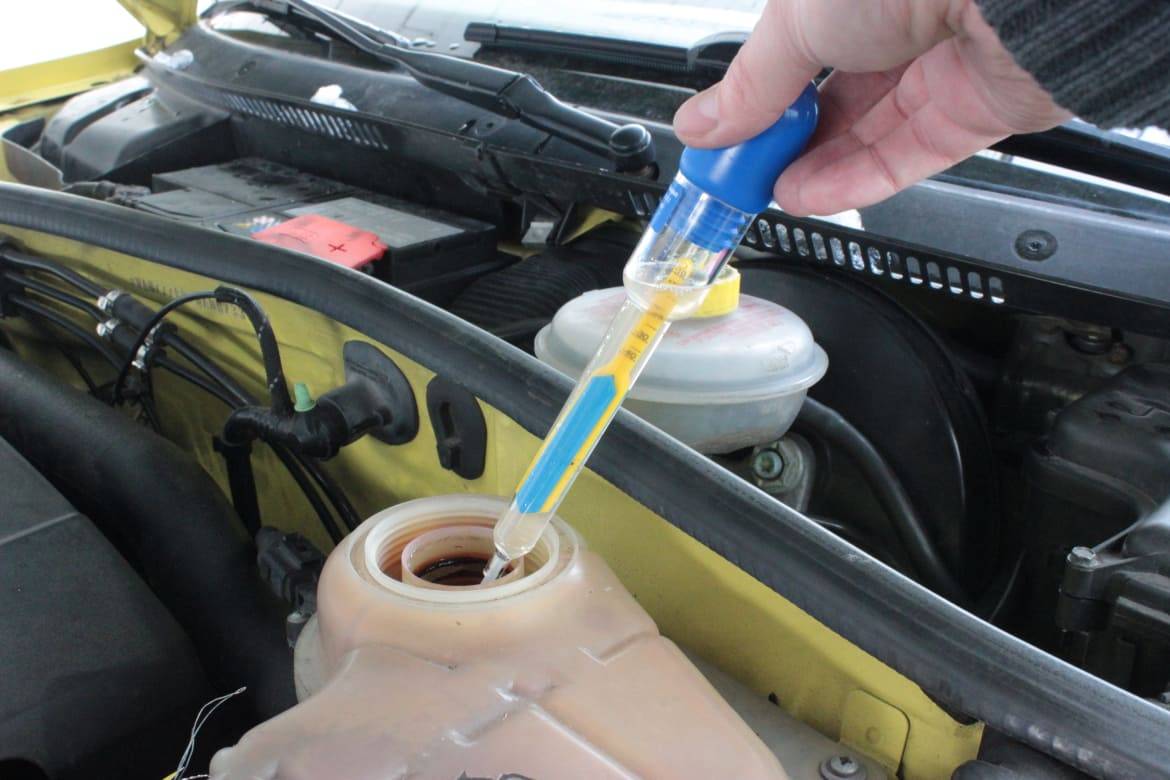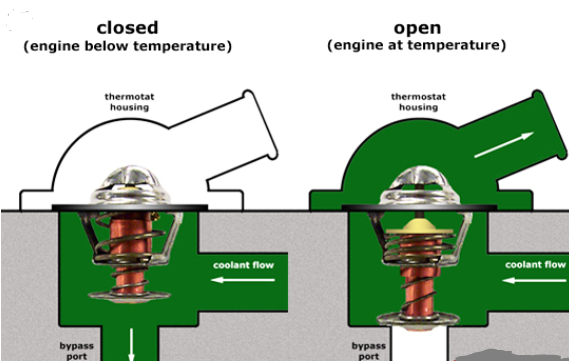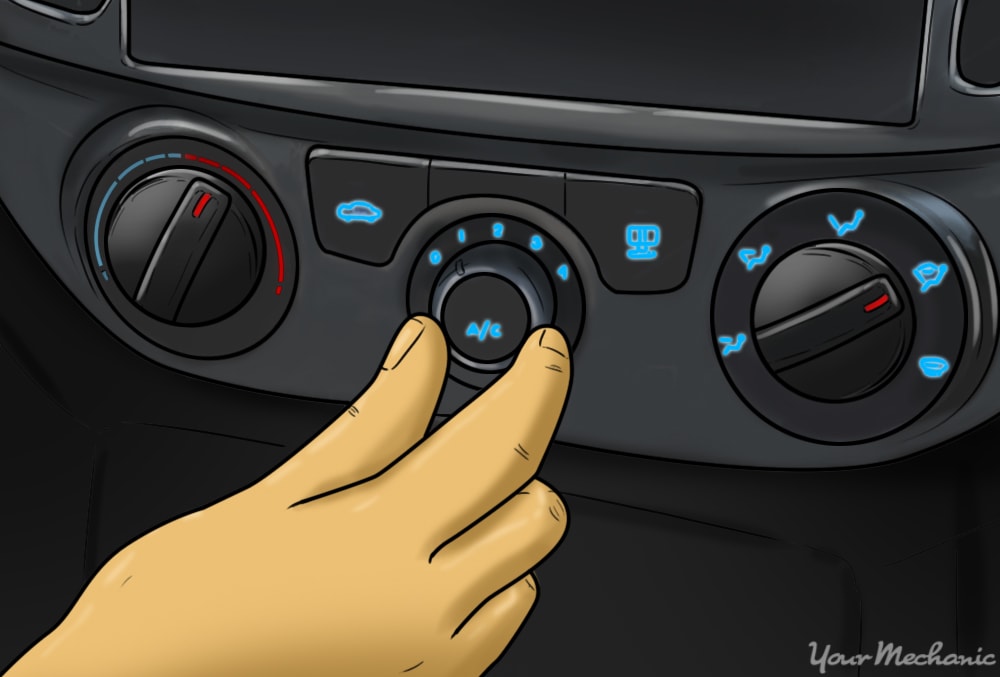How Long Does Coolant Last in a Car
Typically, coolant (antifreeze) can last between 30,000 and 50,000 miles or about 2-5 years. Vehicle manufacturer guidelines vary, so consulting your owner’s manual is advisable for specific intervals.
Coolant is a vital fluid for your vehicle, ensuring the engine operates within the right temperature range and guarding against freezing and corrosion. Not all coolants are created equal, and the life expectancy can depend on the type used—conventional green antifreeze has a shorter service life than the newer, longer-lasting organic acid technology (OAT) coolants that are often colored orange or yellow.
Regular coolant checks and maintenance are paramount for car health. Neglecting coolant replacements can lead to overheating, which may cause severe engine damage. Keeping track of the condition and level of your coolant can prevent costly repairs and maintain your vehicle’s performance. Always replace coolant with the type recommended by the vehicle’s manufacturer to ensure compatibility and optimal engine protection.

Credit: www.yourmechanic.com
Coolant Lifespan Fundamentals
Coolant is vital for a car’s performance and longevity. Understanding how long it lasts is crucial for any driver. Knowing the essentials about coolant helps keep a vehicle running smoothly. Let’s explore the fundamentals of coolant lifespan to ensure your car remains healthy for miles to come.
What Is Coolant?
Coolant, also known as antifreeze, is a fluid found in your car’s cooling system. It keeps the engine from overheating and prevents freezing in cold weather. A mix of water and chemicals, it helps maintain optimal operating temperatures for the engine.
Primary Functions Of Coolant
- Temperature Regulation: Coolant prevents the engine from getting too hot in summer or too cold in winter.
- Corrosion Prevention: It has additives to protect engine parts from corrosion and wear.
- Lubrication: Coolant lubricates moving parts within the cooling system, like the water pump.
So, how long does coolant last in a car? Typically, traditional coolant can last up to 2 years or 30,000 miles. Extended-life coolant can last up to 5 years or 100,000 miles. Nonetheless, this lifespan can vary based on the vehicle and type of coolant used. Some modern vehicles and coolants can extend even beyond these numbers.
| Type of Coolant | Lifespan |
|---|---|
| Traditional (Green) | 2 years / 30,000 miles |
| Extended-Life (Orange/Red) | 5 years / 100,000 miles |
It’s important to check your owner’s manual for specific recommendations. Regular inspections and maintenance ensure full protection and peak performance. Don’t wait for signs of overheating or freezing. Prioritize your car’s health with proper coolant upkeep.
Factors Impacting Coolant Durability
Understanding Factors Impacting Coolant Durability helps to keep your car running smoothly. Like blood in our bodies, coolant is vital for your car’s engine. It prevents overheating and freezing. But coolant doesn’t last forever. Its life depends on various factors. Knowing these makes a difference in your car care routine.
Coolant Type Variations
The type of coolant can change how long it lasts. There are several kinds:
- IAT (Inorganic Additive Technology): Often green, it needs changing every 30,000 miles.
- OAT (Organic Acid Technology): Color varies, it’s good for about 150,000 miles.
- HOAT (Hybrid Organic Acid Technology): A mix of both, it typically lasts 150,000 miles.
Check your car’s manual. It tells you the right coolant for your vehicle.
Driving Conditions And Habits
Where and how you drive affects coolant longevity.
| Condition | Impact on Coolant |
|---|---|
| High temperatures | Makes coolant work harder, may need changing sooner. |
| Rough terrain | Puts stress on the engine and coolant system. |
| Stop-and-go traffic | Heats the engine, reducing coolant life. |
| Long distances | Constant engine use can degrade coolant faster. |
Be mindful of these factors. Adapt your coolant maintenance schedule accordingly.
Identifying Coolant Replacement Needs

Credit: www.66automall.com
Replacing Your Vehicle’s Coolant
Coolant, also known as antifreeze, is vital for your car. It prevents overheating and freezing. Over time, it breaks down and needs replacement. Regular coolant maintenance keeps your engine running smoothly. Let’s explore when and how to change your vehicle’s coolant.
Recommended Coolant Change Intervals
Knowing when to change your coolant is key. Manufacturers provide guidelines for this. These guidelines vary depending on your car’s make and model. Here’s a general timeframe:
- Every 30,000 miles for older vehicles.
- Up to 100,000 miles for newer models.
- Check your owner’s manual for specifics.
Keep an eye on your coolant level and condition. Look for changes in color or debris. These signs indicate a change is due.
Steps For Changing Coolant
Changing your car’s coolant is a simple process. Follow these steps carefully:
- Ensure the engine is cool before starting.
- Locate the radiator drain plug. It’s usually at the bottom.
- Place a container under the drain plug.
- Open the plug and let the old coolant flow out.
- Flush the system with water, if necessary.
- Close the drain plug and add new coolant.
- Run the engine with the heater on to circulate coolant.
- Check for leaks and ensure proper levels.
Dispose of old coolant safely. Most localities have specific disposal rules.
For those not comfortable doing it themselves, a professional mechanic can help.
Extending Coolant Life
Coolant, also known as antifreeze, plays a crucial role in keeping your car running smoothly. It prevents the engine from overheating in summer and freezing in winter. But did you know you can extend the life of your car’s coolant? Let’s look at ways to maximize your coolant’s lifespan, saving you time and money in the long run.
Regular Maintenance Tips
Engines rely on coolant to maintain the right temperature. Follow these regular maintenance tips to extend your coolant life:
- Check Levels Often: Monthly checks avoid low coolant levels that can cause damage.
- Inspect for Leaks: Consistent checks for leaks keep systems intact.
- Flush System: Manufacturers recommend flushing every 30,000 miles.
- Use Distilled Water: Mixing coolant with distilled water prevents deposits.
Upgrades And Quality Coolants
Upgrading to a high-quality coolant provides better protection and longevity. Consider these advantages:
- Enhanced Additives: These coolants have ingredients that protect against corrosion and wear.
- Long-Life Formulas: Some brands claim to last 5 years or 150,000 miles.
- Compatibility: Ensure the product matches your vehicle’s specifications.
Choosing a premium coolant is an investment in your car’s health and performance.
| Coolant Type | Life Expectancy | Benefits |
|---|---|---|
| Inorganic Acid Technology (IAT) | 2 years/30,000 miles | Standard protection, budget-friendly. |
| Organic Acid Technology (OAT) | 5 years/150,000 miles | Extended life, less maintenance. |
| Hybrid Organic Acid Technology (HOAT) | 5 years/150,000 miles | Balanced protection, for newer models. |

Credit: m.youtube.com
Potential Risks Of Overdue Coolant Replacement
Ignoring timely coolant replacement can lead to serious car troubles. Let’s explore the potential risks of overdue coolant replacement.
Engine Overheating And Damage
Coolant, also known as antifreeze, controls engine temperature. Old coolant loses effectiveness. This can cause engines to overheat. Listed below are consequences of overheating due to old coolant:
- Cracks in the engine block
- Warped cylinder heads
- Blown head gaskets
An overheated engine can lead to costly repairs or total engine failure. Replacing coolant prevents these issues.
Coolant System Failures
Over time, coolant becomes acidic. It begins to corrode internal components. Components affected include:
| Component | Type of Failure |
|---|---|
| Radiator | Leaks and blockages |
| Water Pump | Seal degradation and pump failure |
| Hoses | Softening and ruptures |
Timely coolant replacement saves from these failures. It ensures a functional and reliable cooling system.
Frequently Asked Questions On How Long Does Coolant Last In A Car
What Determines Coolant Lifespan In Cars?
Coolant lifespan varies due to factors like coolant type and vehicle usage. Traditional green antifreeze may last around two years. Modern long-life coolants can last 5 years or more. Regularly check coolant levels and manufacturer recommendations to ensure optimal performance.
How Often Should Car Coolant Be Replaced?
It’s generally recommended to replace car coolant every 30,000 to 50,000 miles. Alternatively, check your vehicle’s owner manual for specific guidance. Neglecting coolant replacement can lead to overheating and potentially costly repairs, so abide by maintenance schedules.
Can Coolant Last For 10 Years In A Car?
Very few advanced coolants can last up to 10 years. However, it’s uncommon and most car manufacturers suggest more frequent changes to prevent corrosion and maintain engine health. Regular inspections and adherence to service intervals remain crucial for longevity.
Signs Of Coolant Needing Replacement: What To Look For?
Look for coolant discoloration, rust particles, or a significant drop in coolant levels. Odd smells from the engine or consistent overheating may also signal the need for coolant replacement. Regular checks can help to detect these issues early.
Conclusion
To sum up, the lifespan of automotive coolant varies, typically between 30,000 and 50,000 miles. Regular checks can help ensure it effectively regulates engine temperature. While replacement intervals depend on vehicle specifics and coolant type, timely maintenance is crucial for optimal performance and longevity of your car’s engine.
Always consult your owner’s manual or a professional mechanic for guidance tailored to your vehicle’s needs.






